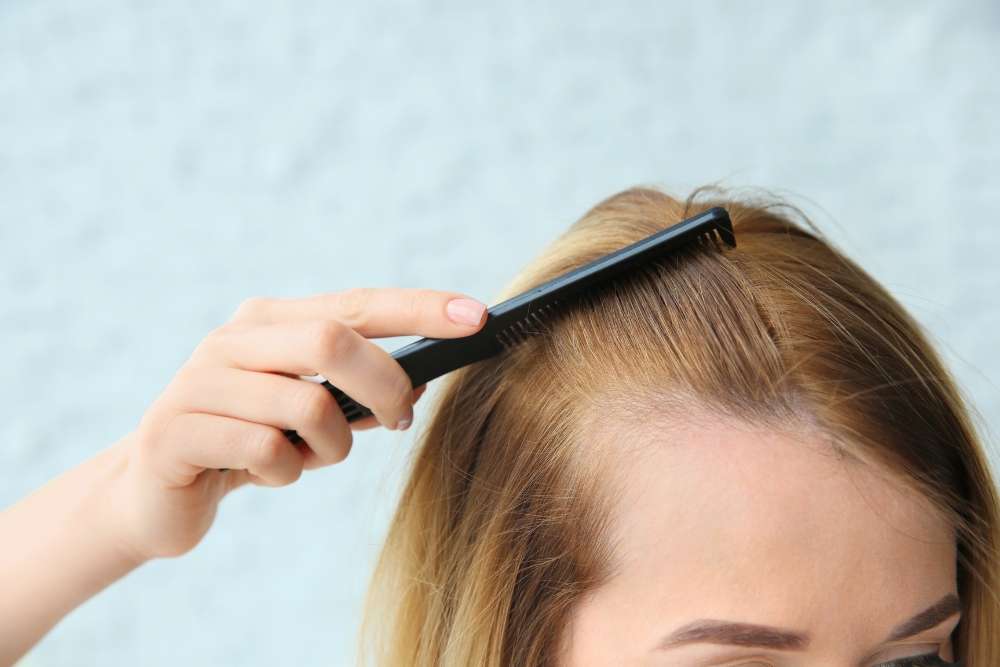Hair Dryers: Use, Care, and Choosing the Right Appliance
Hair dryers are a common household appliance used to speed up drying and support styling. Modern models combine airflow and controlled heat to change hair shape while reducing drying time compared with air-drying. Because heat can affect hair condition, understanding how dryers work, how to use them safely, and which features matter can improve results and reduce damage. This article covers the mechanics of hair dryers, practical haircare and styling tips, feature choices when buying, temperature settings, and routine maintenance.

This article is for informational purposes only and should not be considered medical advice. Please consult a qualified healthcare professional for personalized guidance and treatment.
hair dryer: how it works
A hair dryer moves air across a heating element and through vents to evaporate water from hair. Wattage and motor design determine airflow and drying speed; higher wattage units generally deliver stronger airflow and faster drying. Manufacturers also use materials and technologies such as ceramic, tourmaline, or ionic components to influence heat distribution, surface temperature, and static. Ceramic elements tend to provide more even heat, while ionic technologies are marketed to affect drying behavior and manage flyaways. Noise level, weight, and air control are also practical performance factors to consider.
haircare: minimizing heat damage
Heat can make hair more porous and prone to breakage over time, so protecting strands is important. Start by blotting hair with a towel rather than vigorous rubbing, and remove excess water before using a dryer. Apply a heat-protectant product according to its instructions, and choose lower heat settings when possible. Keep the dryer moving rather than concentrating heat on one small area, and maintain a gap of several inches from hair to avoid overheating. Regular conditioning, occasional deep treatments, and trimming split ends also support hair health alongside careful dryer use.
styling: using attachments and techniques
Attachments and technique shape the outcome: a concentrator nozzle directs airflow for smoothing and precision, while a diffuser spreads air gently for curls and textured styles. Section hair and work from roots to ends—lifting at the roots for volume and smoothing toward the ends for a polished finish. Use a round brush to create tension and bend while drying for sleek or voluminous looks. Finish with a cool shot if available to help set style. Practice with brush type, tension, and the dryer’s speed/heat settings to refine results for your hair type.
appliance: choosing features to consider
When selecting a hair dryer as an appliance, weigh practical features against budget and preferences. Consider power (wattage), heat and speed settings, and the availability of a cool shot button. Look for durable construction, comfortable weight and handle design, and removable filters for easy cleaning. Attachments such as diffusers or multiple nozzles add versatility. Cord length and a swivel cord can affect usability in different spaces. Warranty coverage and brand support are also useful to evaluate for longer-term reliability.
heat: temperature and settings explained
Most dryers offer several heat and speed options—low, medium, high—and a cool setting. Lower temperatures reduce stress on fine or chemically treated hair, while thicker or coarse hair may tolerate higher settings for efficient drying. Start with lower heat and increase as needed, monitoring how your hair responds. Use lower speed with high heat carefully to avoid tangling. The cool setting helps lock a finished shape by allowing the hair cuticle to cool and temporarily set. Always test settings on a small section if you’re unsure.
maintenance: cleaning and extending appliance life
Regular maintenance preserves performance and safety. Unplug the dryer before cleaning, then remove and clean the air filter or grille of lint and debris to maintain airflow and prevent overheating. Avoid blocking the air intake when in use, and store the dryer in a dry place to protect electrical parts. Inspect the cord periodically for wear; if the cord or heating elements show damage, discontinue use and consult a qualified technician or the manufacturer for repair options. Proper care can extend the appliance’s usable life and maintain consistent styling results.
In summary, hair dryers combine airflow and controlled heat to speed drying and enable a range of styles. Using appropriate settings and attachments, following basic haircare practices, and maintaining the appliance can help balance styling goals with hair health and appliance longevity. Consider features that match your routine and hair type to get reliable performance without unnecessary risk of damage.





